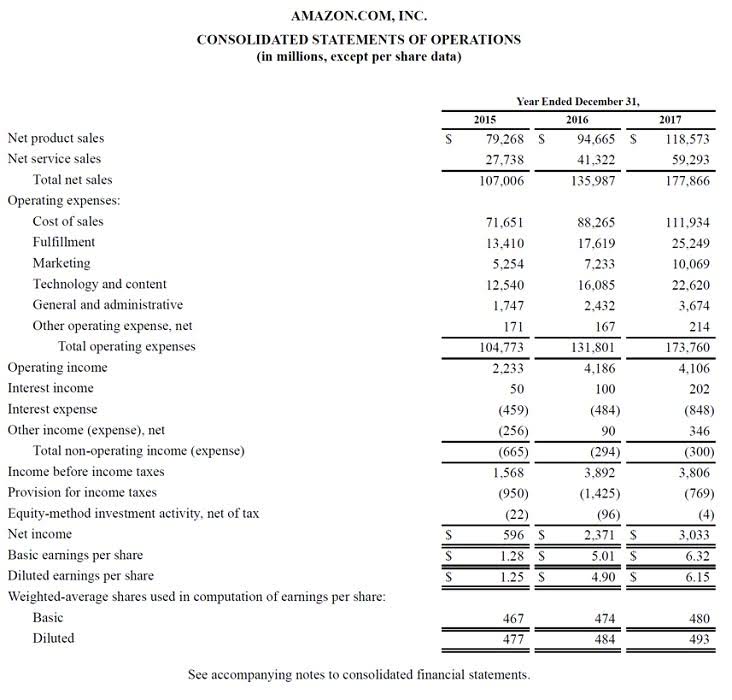
Chartered accountant Michael Brown is the founder and CEO of Double Entry Bookkeeping. He has worked as an accountant and consultant for more than 25 years and has built financial models for all types of industries. He has been the CFO or controller of both small and medium sized companies and has run small businesses of his own. He has been a manager and an auditor with Deloitte, a big 4 accountancy firm, and holds a degree from Loughborough University. As my colleague suggested above, we’re unable to remove or delete the filed tax in QuickBooks Online.
Demystifying Forfeiture and Suspense Accounts
This keeps uncategorized transactions separate from categorized transactions. A suspense account is a general ledger account in which amounts are temporarily recorded. The suspense account is used because the appropriate general ledger account could not be determined at the time that the transaction was recorded. A suspense account serves as a temporary repository for transactions lacking Insurance Accounting clarity or completeness. For instance, if a company receives a payment without sufficient details to identify the payer or purpose, the amount is placed in a suspense account until further information is obtained.
Closing the suspense account
In case of a “Credit balance”, it is shown on the liability side of a balance sheet. The aim of a suspense account in balance sheet terms is always to be a balance of zero, as this means that everything has been correctly recorded, and there are no anomalies unaccounted for. When the trial balance shows credits exceeding debits, the difference should be recorded as a debit to reflect the temporary nature of those funds. While suspense accounts are invaluable tools in accounting for managing transactions that cannot be immediately classified, they also come with their own set of challenges. Here are some of the key difficulties that can arise when using suspense accounts and tips on how to address them. If you underpay or overpay, those funds will most likely go into a suspense account, a catch-all account used to hold funds temporarily.

Characteristics of a suspense account:
You might receive a partial payment from a customer and be unsure about which invoice they’re paying. Hold the partial payment in a suspense account until you contact the customer. When you find out the invoice, close the suspense account and move the amount to the correct account. Eventually, you allocate entries in the suspense account to a permanent account. When you open an accounting suspense account, the transaction is considered in suspense.
Consolidation & Reporting
Suspense accounts are used by accountants Certified Public Accountant in many different types of situations. Should you have other questions, or concerns, I recommend speaking with an accounting professional. If you don’t have an accountant, we can help you locate a ProAdvisor in your local area. Or if you are paying more than you need to, you may be losing money that you could hold onto or use to pay down your principal faster. Visualize the way your money moves, and move your business like an expert. If you edit or add a transaction that belongs to a VAT period you’ve already filed, QuickBooks will flag it based on the transaction date.

What is a suspense account?
- To close the suspense account, credit the suspense account and debit the supplies account for the purchasing department.
- A trial balance is a worksheet with totals of all accounts in the general ledger.
- If you’re unsure about where to enter a transaction, open a suspense account and talk to your accountant.
- As soon as possible, the amount(s) in the suspense account should be moved to the proper account(s).
- Much like the other types of suspense accounts, the suspense accounts at brokerage firms are used to hold funds temporarily while transactions are being completed.
A balance sheet is an account document that shows a company’s – or even an individual’s – assets and liabilities. Assets are items of value, be they tangible or intangible, while liabilities are responsibilities a company has that require outgoing money or assets. However, there are various kinds of assets and liabilities, and they have different names on the balance sheet to describe various circumstances that may surround them. If there is credit balance in suspense a/c, it is shown on asset side of balance sheet. If you are purchasing an asset that you will not receive until you have paid in full, payment instalments can be placed in a suspense account and moved to an asset account when completed. Because the suspense account reflects transactions that are not fully documented or properly assigned, it can be hard to know on which side of the ledger they belong.

What do forfeiture and suspense accounts have in common?

Sometimes, the servicer makes a mistake and places payments into a suspense account without proper justification. For example, say you send in your October payment of $1,100 to your servicer, but the servicer incorrectly records the payment as $100. Because this payment is not a full payment in the eyes of the servicer, it places this amount in a suspense account, and nothing is applied to the loan. Let’s say you split your mortgage payment of $1,600 up and pay two payments of $800 per month rather than $1,600 once a month. The servicer might place the first payment of $800 in a suspense account until the second $800 payment is received. Once the suspense account has enough funds to make a full payment ($1,600), the servicer will remove the funds from suspense and apply them to the account.
- The nature of a Suspense Account is temporary where unknown transactions are located, and once the amount is determined correctly, it can be moved to the regular ledger account.
- While the accounting team reviewed transactions to identify errors or unaccounted items, they temporarily opened a suspense account to balance the books and ensure the accuracy of their financial reporting.
- The accountant recorded the “unclassified” amount in the general ledger suspense account to complete the assignment by the deadline.
- However, discrepancies can arise during financial transactions, creating temporary uncertainty in recording entries.
- Contact the customer to verify that it’s their payment and the right invoice.
What Are Common Causes of Suspense Accounts?

Likewise, if the trial balance shows debits are larger than credits, the difference should be entered as a credit because the amount will be cleared once the difference has been reconciled. Transactions what does suspense balance mean that are booked before an allocation is made to the appropriate cost or profit center will be recorded in the suspense account until they can be properly assigned. For example, payments may be received with invalid or unclear account information. Other details may also be unclear, such as the amount of the transaction or the payee. Once the accountant has enough information, they can reassign the transaction out of the suspense account and into the appropriate account within the general ledger.
